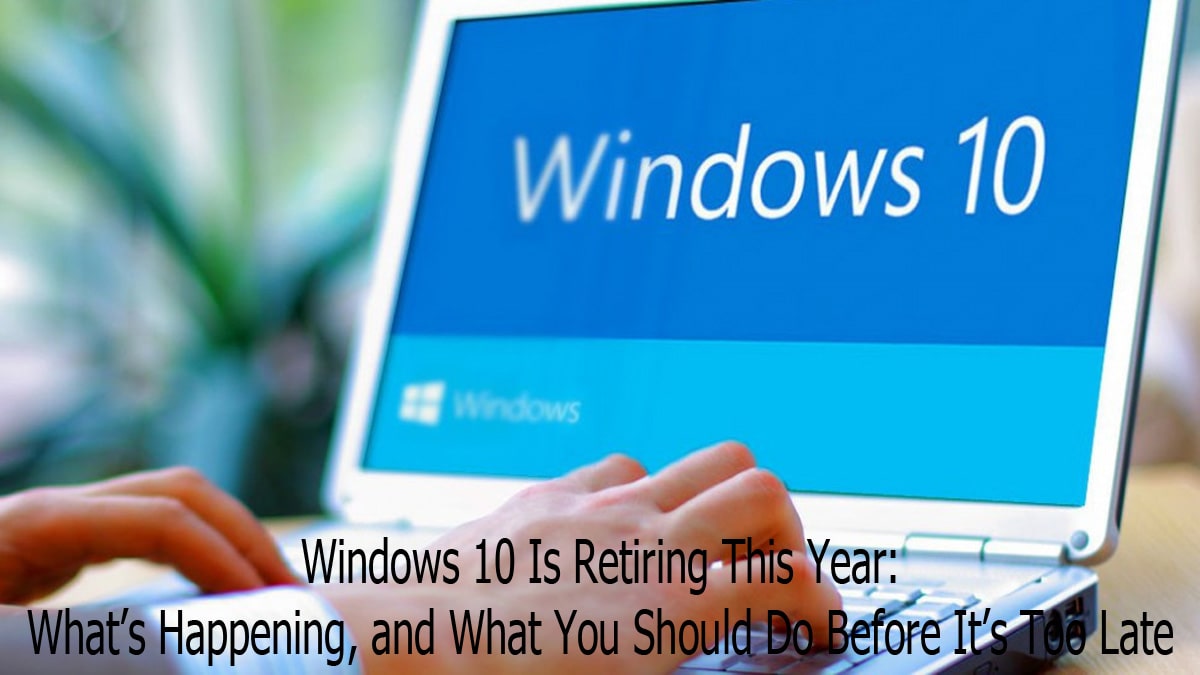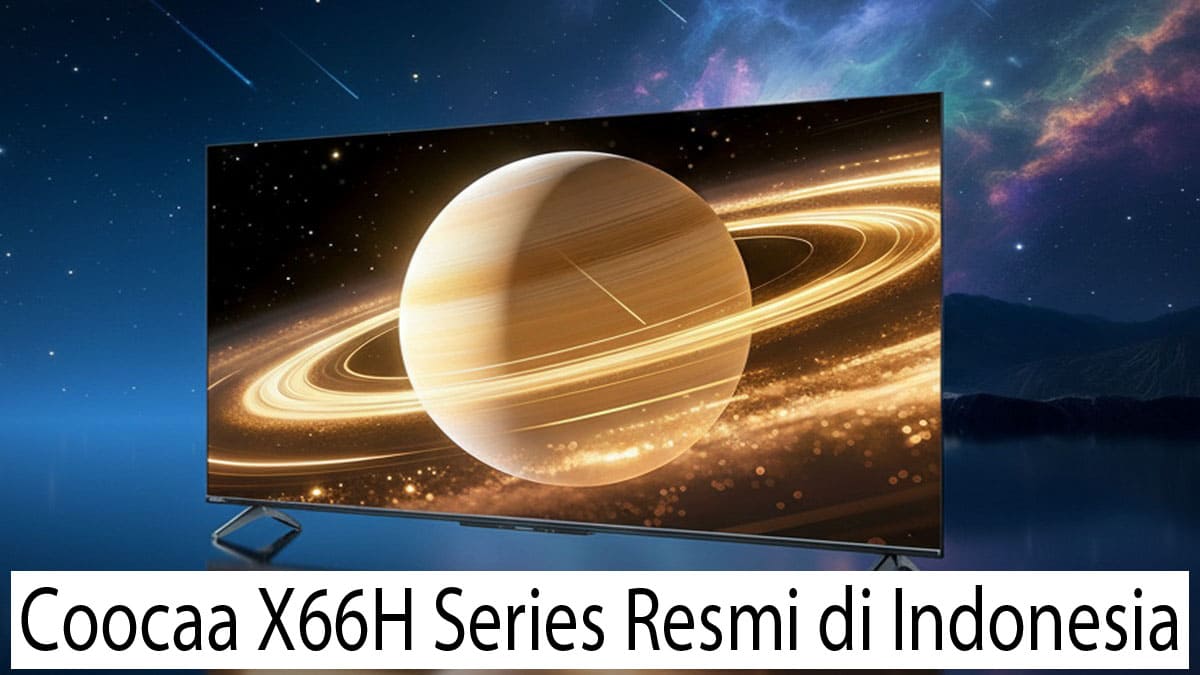
Alright, mates — grab a cuppa and settle in. Microsoft has made it official: Windows 10 is retiring on 14 October 2025. That’s right — after more than a decade of keeping our desktops alive and vaguely functional, Windows 10 is finally hanging up its boots.
But before you panic and chuck your laptop out the window, let’s break it all down.
What Does “Retirement” Actually Mean?
Relax — your computer won’t explode or vanish into thin air. By October 2025, Windows 10 will still be functional. You’ll still be able to open files, browse the web (at your own risk), and stream weird documentaries at 2 a.m.
However — and this is the catch — Microsoft will stop sending updates. This implies a complete lack of technical support, security patches, and bug fixes. It’s like living in a house with no insurance… during a storm.
If that sounds risky, that’s because it is. Without regular updates, your system becomes a sitting duck for malware, ransomware, and all the nasty cyber gremlins out there. Microsoft is, in effect, saying: “You can stay here if you like, but we’re done fixing leaks.”
Meet ESU: Microsoft’s Retirement Extension Plan
Not quite ready to part ways with Windows 10 yet? Maybe your PC is still working fine or you just hate change. Well, Microsoft is offering an olive branch: Extended Security Updates (ESU).
For Everyday Users:
You’ve got two main options:
1. The Free Route (yes, really):
- Enable Windows Backup, or
- Redeem 10,000 Microsoft Rewards points.
Your security updates will continue for an additional year, until October 2026.
2. The Paid Option:
- Can’t be bothered with points and backups? Just pay $30 USD/year per device, and you’re covered. But remember — it’s only one extra year, and only for personal use.
Business users, sorry — you’ll need a different ticket.
For Organisations:
If you’re running an office full of desktops or mission-critical systems, Microsoft’s got a Volume Licensing plan.
- Year 1: $61
- Year 2: $122
- Year 3: $244
Yes, it’s pricey — but it buys you time if you’re not quite ready for Windows 11.
Be aware, however, that ESU is really a temporary safety net. It doesn’t come with new features — it’s just Microsoft keeping the security lights on a little longer.
Windows 11: Microsoft’s Favourite Child
Microsoft isn’t shy about it — they’d really like you to switch to Windows 11. And to be fair, it’s a solid system:
- Sleek new design
- Built-in AI assistant (hello, Copilot)
- Enhanced performance and security
- Long-term support
Sounds ideal, right? But there’s a catch: your hardware needs to meet some strict requirements, including:
- TPM 2.0
- Secure Boot enabled
- A recent processor (Intel 8th Gen or newer)
If your current machine isn’t up to spec, Microsoft won’t let you through the door. Time to explore the alternatives…
Other Options: Windows 10 LTSC and Buying a New PC
Option 1: Windows 10 LTSC
If you’re running a business, a hospital, or you just want something that works forever without drama, LTSC (Long-Term Servicing Channel) might be your jam.
- No feature updates, just security patches
- Support for up to 10 years (e.g., LTSC 2021 gets updates until 2029)
- Ideal for ATMs, medical systems, kiosks, and more
The catch? It’s not designed for casual users. There’s no Microsoft Store, no modern apps, and it’s only available via business licensing.
Option 2: Just Buy a New PC
If Chrome makes your laptop sound like a tractor, it might be time. Most new PCs come with Windows 11 pre-installed, ready to go.
No BIOS hacks, no risk of compatibility issues — just peace of mind. And hey, maybe it’s finally time to treat yourself.
So What Should You Actually Do?
Here’s a quick cheat sheet:
| Your Situation | Best Option |
| PC meets Windows 11 requirements | Upgrade to Windows 11 (free) |
| PC is too old but still usable | Use ESU (free or paid) |
| Business with legacy systems | ESU via Volume Licensing / LTSC |
| PC is ancient and dragging its feet | Buy a new Windows 11 device |
Whatever you do — don’t do nothing. Running unsupported Windows 10 is like using expired milk: it may seem fine today, but tomorrow you might regret it. Big time.
Final Thoughts
We all have fond memories of Windows 10. It was stable, straightforward, and not too flashy. But come 14 October 2025, it’s officially out of the game.
Whether you’re upgrading to Windows 11, buying a new device, or holding on with ESU or LTSC, the key takeaway is simple: don’t ignore the clock. Planning now will save you a world of pain later.
So here’s to Windows 10 — a proper workhorse, now heading into retirement. Let’s send it off the smart way — with backups, updates, and one last cup of tea.




